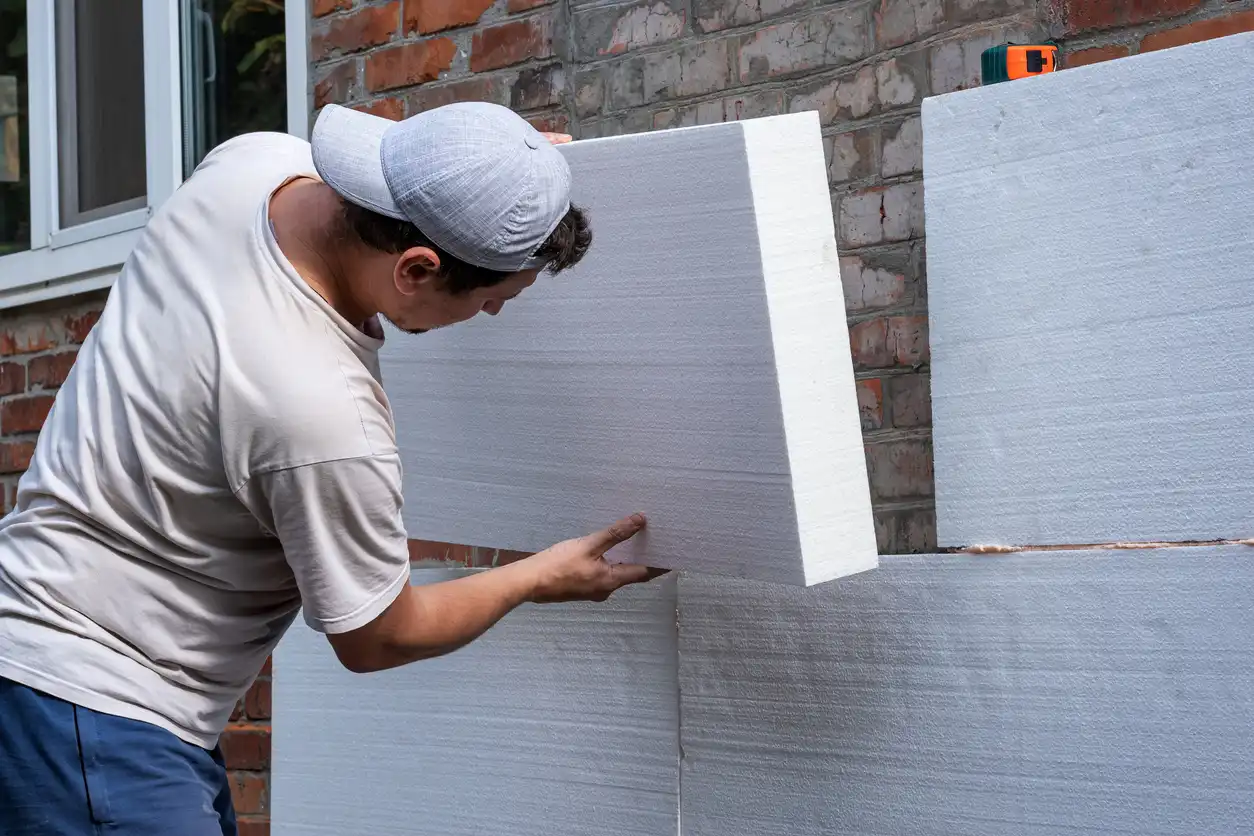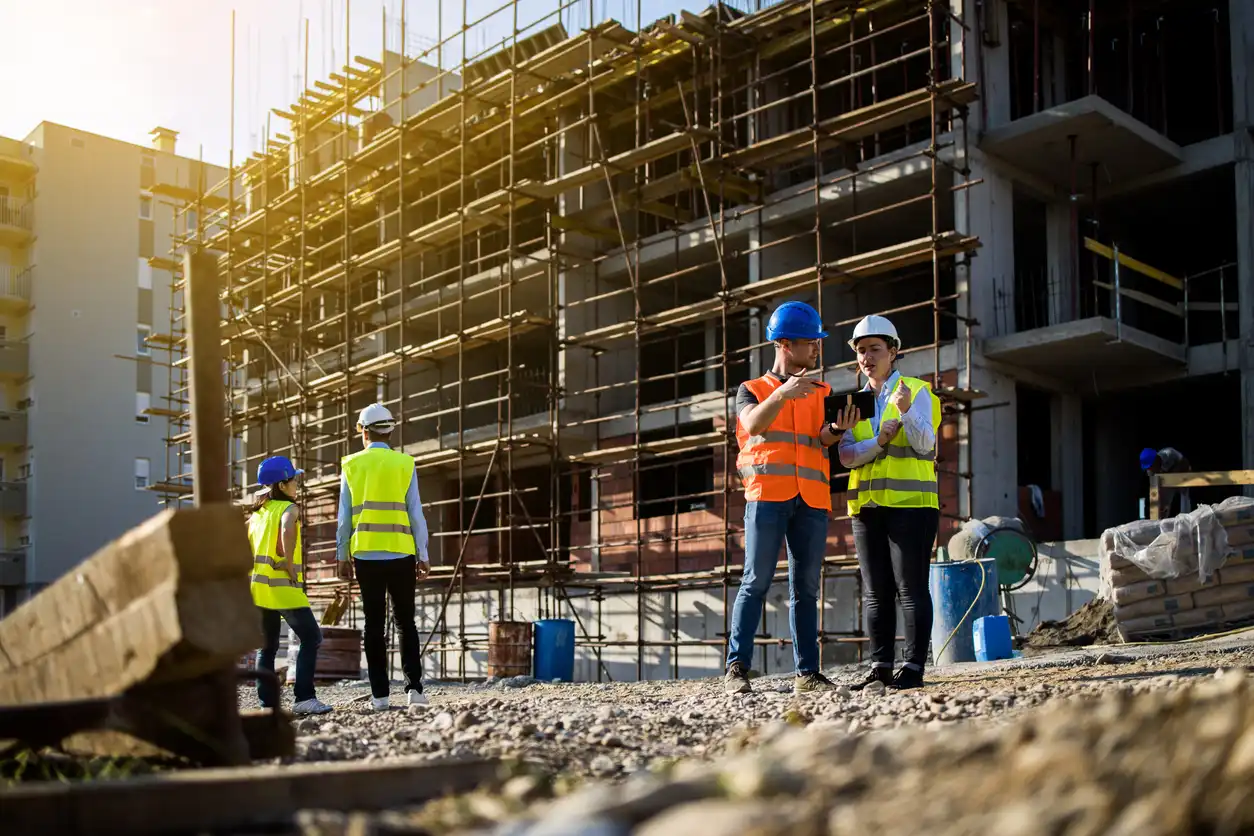The most dangerous building threat is fire. Fire-resistance construction prevents fire outside, conserving life and property. Innovative fire-resistance products and techniques make a building a fortress against aggressive temperatures. Practical fire-resistant construction is essential in domestic and commercial buildings. Fireproofing operations conserve not only life but also the law. Fire-resistant construction prevents a small fire from becoming an inferno. Consider these when looking for the best construction companies to work for.
What is the Best Material for a Fireproof Building?

Fireproof building materials are of exceptionally high value in building a fireproof building. There are two criteria that fireproof materials must meet. The first is that they must resist fire better than ordinary materials. The second is that they must not be structurally different from the materials that architects and engineers are used to working with. The best fireproof materials act like the best materials for the largest construction companies in the usa: they are strong and durable and able to hold up under various adverse conditions that life can throw at a building. Among the fireproof materials that meet these two criteria, the number one material is concrete.
Fireproof construction industry companies utilize a combination of materials and design to resist fire. Building designs differ in fire resistance improvement. Compartmentalization, which divides the building into fire compartments, slows fire spread. Mineral wool and spray foam are fire-resistant insulators that impart fireproof properties. Ventilation system operation prevents smoke from flowing downwards, thus enabling safe evacuation safely. Automatic fire doors, which close themselves upon fire detection, keep the fire in a single room. When used together, these techniques offer added fire protection.
What are Fireproof Roofing Solutions?
A fireproof roof is one of the major protective walls of a building from outer fire attacks. Metal roof is the most fireproof material for roofs, which is extremely hard and has high fire resistance. Clay/concrete tiles are fire-resistant and strong enough to withstand fire intensity. Slate roofs, being a natural stone material, are extremely fire-resistant. Fiberglass asphalt shingles are more fire-resistant than organic shingles. Fireproof roofing by proper fireproof installation and fireproof maintenance prevents fire hazard, and it is strong and secure.
Fireproofing for Walls and Floors
Fire-resistance walls and fire-resistance floors are safety building elements. Non-burning drywall, for example, replaced regular drywall, burning with less strength when less was burned. Fire-resistance brick walls and fire-resistance concrete walls are fire-resistance penetration barriers. Fireproof tile, stone, and concrete are more fire-resistant than wood and vinyl. Sealed joints fight the fire spread from crack to crack in floors and walls. All these fireproofing systems help produce safer and longer-lasting buildings.
How do windows and doors function through fire?
Fire-resistant windows and fire doors inhibit fire transmission from room to room. Steel or fire-resistance wood material has more secure fire-rated doors. Tempered glass heat-resistant windows are heat-resistant for longer hours than ordinary glass, and multi-pane fireproof windows resist fire more than any ordinary window. Automatic shutters work during a fire and catch fire. Fireproof doors and windows are responsible for building security and domestic security.
What are the Best Practices in Fireproofing?
Top construction companies in the us are using other methods of fireproofing to protect themselves. Fireproof paint makes the material resistant to fire. Intumescent paint expands during heat to create a thermal firewall. Inbuilt fireproof methods falling under Passive Fire Protection (PFP) retard the progression of the fire. Active Fire Protection (AFP) includes sprinklers, alarms, and suppression. The three different methods of fireproofing used together maintain building safety.
How Building Codes Can Simplify Fireproof Design
Safety and conformance require adhering to fireproof building standards. Open and accessible fire exit, according to the fire exit code should be present. Material ratings is the basis to use in deciding what material to use. The installation of the smoke removal system should be provided in large buildings to facilitate the removal of harmful smoke. Alarm and sprinkler systems should be installed in some buildings. Adhering to regulations gives fireproofed buildings protection.
Why are Fireproof Barriers used?

Fireproof barriers hold back fire, restraining damage and providing additional time for evacuation. Fireproof ceilings create compartmentalized fire extensions to higher floors. Fire-resistant partitioning isolates hazard areas from public area. Fireproof curtains are employed where there is activity to repel the fire, but heat-resistant cladding provides exterior cladding in case of fire. The application of fireproof barriers enhances the fire-resistance rating of a building and makes the building a better building overall according to a construction companies list.
Conclusion
Constructing buildings to be fire resistant is the most crucial factor in ensuring the structures are safe. The biggest american construction companies know building codes exist to promote safe designs, and for good reason. But following a code does not, by itself, guarantee a safe outcome. Intelligent design, fire-resistant materials, and especially the right kinds of building elements—fire equals failures of these parts—create buildings that are legitimately safe, as opposed to merely compliant.











